Entry Category: Architecture - Starting with B
 Burdette School Complex Historic District
Burdette School Complex Historic District
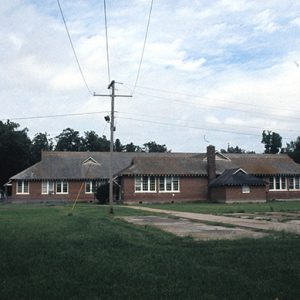 Burdette School Complex Historic District
Burdette School Complex Historic District
 Burdette School Complex Historic District
Burdette School Complex Historic District
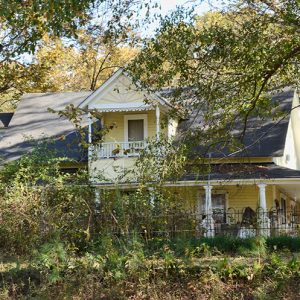 Burkett House
Burkett House
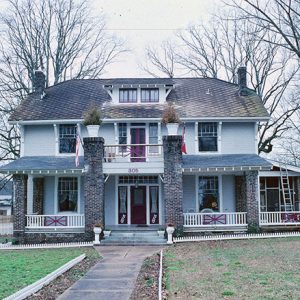 P. D. Burton House
P. D. Burton House
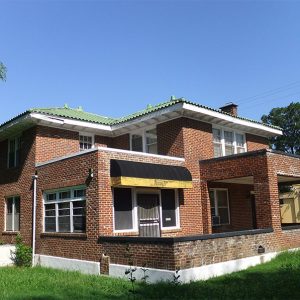 Bush-Dubisson House
Bush-Dubisson House
 Bush-Dubisson House
Bush-Dubisson House
Bush-Dubisson House
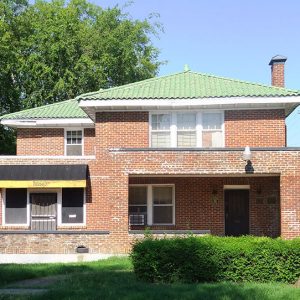 Bush-Dubisson House Entrance
Bush-Dubisson House Entrance
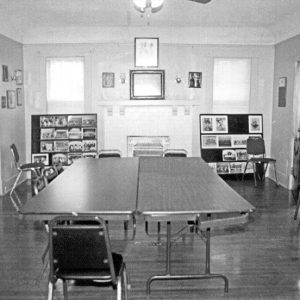 Bush-Dubisson House Interior
Bush-Dubisson House Interior
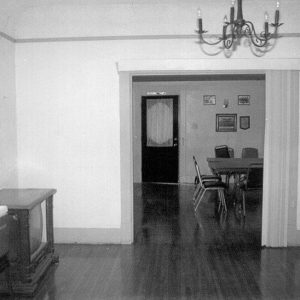 Bush-Dubisson House Interior
Bush-Dubisson House Interior
 Bush-Dubisson House Interior
Bush-Dubisson House Interior
Butler-Matthews Homestead
 Butler-Matthews Homestead
Butler-Matthews Homestead




